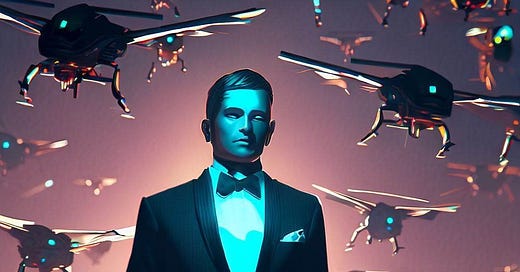In 2003, visionary science fiction author William Gibson succinctly noted, "The future is already here – it's just not evenly distributed." Now, two decades into the 21st century, this statement resonates more than ever, particularly when examining the current landscape of Artificial Intelligence (AI). AI technologies have advanced at lightning speed, transforming various sectors and morphing elements of sci-fi into our everyday reality.
Consider the wonders we casually enjoy today. We command digital assistants to play our favorite songs, use GPS technology to traverse the globe, and summon meals to our doorstep with a few taps on a screen.
These are no longer futuristic predictions - they're our reality, our 'normal'. But imagine, if you will, the other end of the spectrum:
What if today’s ultra-wealthy— the Musks, Bezoses, and Zuckerbergs of the world— decided to demonstrate the true extent of what AI can do today? What if money were no object? Let’s think about some ambitious, albeit…
Keep reading with a 7-day free trial
Subscribe to Goatfury Writes to keep reading this post and get 7 days of free access to the full post archives.




